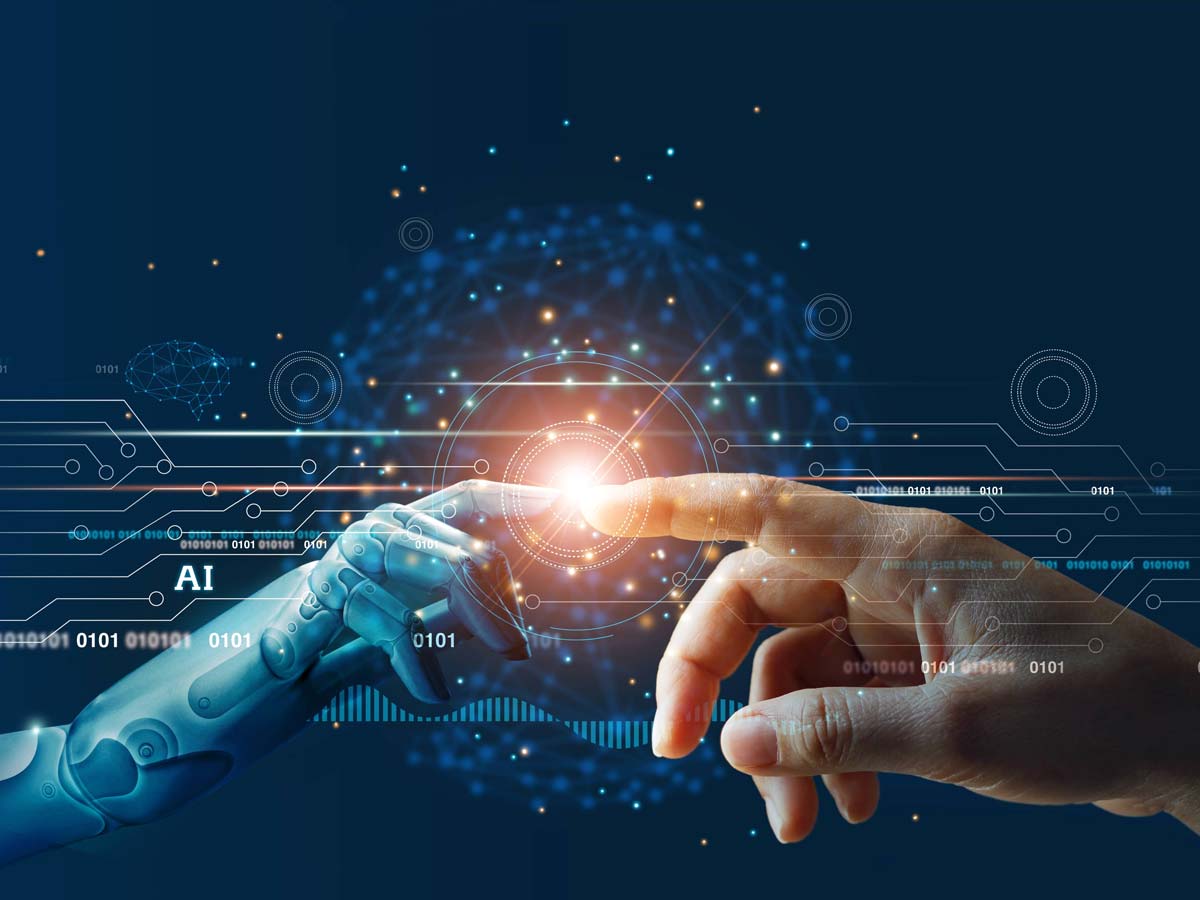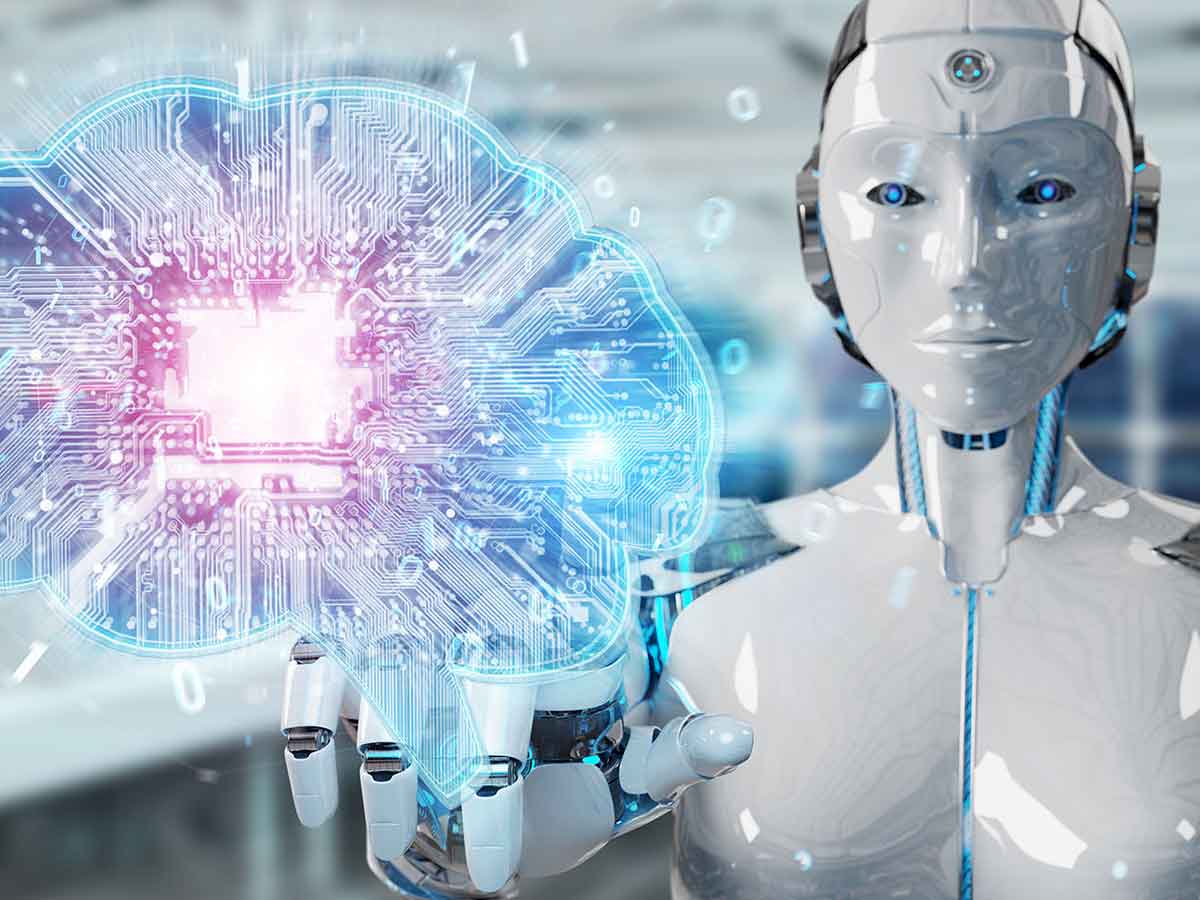Trafficking in human beings is a horrific crime that affects between two and four million victims. The influence of modern-day slavery is far-reaching, affecting families all over the world. Social scientists, entrepreneurs, and law enforcement are working together to slash the number of victims of trafficking in human beings.
When attempting to track down and apprehend these criminals, everyone involved was at a loss. Worse still, even though they were operating a trafficking empire, the trafficker would likely only get charged with one crime.
In marketing and customer care, artificial intelligence has many practical applications, but will this technology stop and discourage human beings from openly trading? The Delta 8.7 group, consisting of the United Nations University Centre for Policy Analysis, the Alan Turing Institute, the Alliance of the Computer Sector, Software Against Trafficking, and individual donors, is working together to address this issue with AI once and for all.
The most challenging aspect of monitoring human traffickers and victims is to sort through the leads that come in endlessly. There are only so many hours a day, and people need time to read through Craigslist posts and emails. Human investigators are charged with identifying common threads after reading through the facts and what they have learned to stop potential crimes from happening.

We recognize that AI is exceptional at managing vast volumes of data and converting it within seconds into tangible knowledge. By enabling business owners to meet their target audience and produce relevant advertising, Google and Facebook have perfected this technique.
At the same time, customers will interact with like-minded people with feedback from diverse communities and friends.
By creating an AI software that searches at social media, email, and more to catch traffickers in the act, Delta 8.7 is attempting to replicate the findings. The aim is to create an integrated global network that effectively monitors and eliminates the operations of secret trafficking.
Image-based AI systems are developing and helping to catch both human sex trafficking and those engaging in forced labour for all interested in Delta 8.7. Their program, Slavery from Space, uses space satellites to map common forced labour locations to deter victims from falling and save those still living as modern-day slaves.
To decide whether the work taking place in these locations is legal, the technology analyzes data based on the level of poverty, community, survivor narratives, and physical position.
Satellites, for example, may monitor active mineral mines and decide if individuals are victims of trafficking or whether they are legitimate employees.
AI picture tech goes beyond acknowledging large fields and assessing position data as a whole. There are applications capable of using images to monitor individuals. The program takes the image and searches small or large parts of the internet for photos of this user. The software can pinpoint and identify pictures of missing persons more easily than a real person tracking down thousands of leads based on the analytical data it collects.
Artificial intelligence systems will assist authorities in tracking and handling sex trafficking cases. This technology has many applications, and each one plays a vital role in tracking these criminals down and arresting them.
AI will, for instance, provide investigators with details on a human trafficker’s personality characteristics, behaviours, and lifestyle. Investigators take this data and create profiles that they feed into the mapping program we described earlier.
Besides, law enforcement will examine data from sex trafficking survivors to identify their strengths and vulnerabilities that ultimately contributed to their victimhood. Psychologists and law enforcement will collaborate with victims to catch the people behind the trafficking ring with this data.
Today, there are innumerable uses for AI. With machine learning tools, everything from marketing campaigns to medical diagnosis is partially run. It is no wonder that the technology of artificial intelligence supports those who want to capture human traffickers. We expect to see more case uses and advancements of AI in criminal cases and technology as a whole as technology progresses.
We can eliminate human errors from our everyday routine by using artificial intelligence. Having our cars crash free is the most important thing they can do. Self-driving vehicles will be able to cope with collisions. To feel the possibilities of an accident, cameras and sensors are mounted and algorithms are used to perform the most suitable actions. Unlike humans, the essential structure of the car can not drink and drive, so it is fair to assume that accident possibilities will certainly decrease.

For the treatment of cancer, artificial intelligence can be used extensively. It becomes very difficult to cure or stop it from developing when we realize that cancer is terminal and has no standardized existence. Cancer varies by the patient; it depends on the part of the body where the tumour develops, the individual’s physiology, the biology, and the immunity that a particular person has. It becomes very difficult for doctors to examine the patient and give the prescription, along with all the above criteria. It is really important to choose the right medicine for cancer without any mistakes.
When learning from all past cancer cases, artificial intelligence will be used to extract the drug, which would increase the number of effective treatments.
As the saying goes, “We must prepare for peace and war.” Even if most of the world’s leaders are peace proponents, governments must retain technically sophisticated security systems. Although the likeliness of war in this modern world is very poor, terrorism still threatens us. Artificial Intelligence-equipped robots will do the soldiers’ groundwork, which will undoubtedly help the army and save hundreds of lives.
Among many inventors, the idea of Artificial Intelligence taking over human intelligence has generated confidence issues. But it can save many human lives by bringing this technology to great purposes.
How is artificial intelligence saving humans?
Trafficking in human beings is a horrific crime that affects between two and four million victims. The influence of modern-day slavery is far-reaching, affecting families all over the world. Social scientists, entrepreneurs, and law enforcement are working together to slash the number of victims of trafficking in human beings.
When attempting to track down and apprehend these criminals, everyone involved was at a loss. Worse still, even though they were operating a trafficking empire, the trafficker would likely only get charged with one crime.
In marketing and customer care, artificial intelligence has many practical applications, but will this technology stop and discourage human beings from openly trading? The Delta 8.7 group, consisting of the United Nations University Centre for Policy Analysis, the Alan Turing Institute, the Alliance of the Computer Sector, Software Against Trafficking, and individual donors, is working together to address this issue with AI once and for all.
The most challenging aspect of monitoring human traffickers and victims is to sort through the leads that come in endlessly. There are only so many hours a day, and people need time to read through Craigslist posts and emails. Human investigators are charged with identifying common threads after reading through the facts and what they have learned to stop potential crimes from happening.
Also Read, 5G Technology Is Going To Change The World. Here’s How
We recognize that AI is exceptional at managing vast volumes of data and converting it within seconds into tangible knowledge. By enabling business owners to meet their target audience and produce relevant advertising, Google and Facebook have perfected this technique.
At the same time, customers will interact with like-minded people with feedback from diverse communities and friends.
By creating an AI software that searches at social media, email, and more to catch traffickers in the act, Delta 8.7 is attempting to replicate the findings. The aim is to create an integrated global network that effectively monitors and eliminates the operations of secret trafficking.

Image-based AI systems are developing and helping to catch both human sex trafficking and those engaging in forced labour for all interested in Delta 8.7. Their program, Slavery from Space, uses space satellites to map common forced labour locations to deter victims from falling and save those still living as modern-day slaves.
To decide whether the work taking place in these locations is legal, the technology analyzes data based on the level of poverty, community, survivor narratives, and physical position.
Satellites, for example, may monitor active mineral mines and decide if individuals are victims of trafficking or whether they are legitimate employees.
AI picture tech goes beyond acknowledging large fields and assessing position data as a whole. There are applications capable of using images to monitor individuals. The program takes the image and searches small or large parts of the internet for photos of this user. The software can pinpoint and identify pictures of missing persons more easily than a real person tracking down thousands of leads based on the analytical data it collects.
Artificial intelligence systems will assist authorities in tracking and handling sex trafficking cases. This technology has many applications, and each one plays a vital role in tracking these criminals down and arresting them.
AI will, for instance, provide investigators with details on a human trafficker’s personality characteristics, behaviours, and lifestyle. Investigators take this data and create profiles that they feed into the mapping program we described earlier.
Besides, law enforcement will examine data from sex trafficking survivors to identify their strengths and vulnerabilities that ultimately contributed to their victimhood. Psychologists and law enforcement will collaborate with victims to catch the people behind the trafficking ring with this data.
Today, there are innumerable uses for AI. With machine learning tools, everything from marketing campaigns to medical diagnosis is partially run. It is no wonder that the technology of artificial intelligence supports those who want to capture human traffickers. We expect to see more case uses and advancements of AI in criminal cases and technology as a whole as technology progresses.
We can eliminate human errors from our everyday routine by using artificial intelligence. Having our cars crash free is the most important thing they can do. Self-driving vehicles will be able to cope with collisions. To feel the possibilities of an accident, cameras and sensors are mounted and algorithms are used to perform the most suitable actions. Unlike humans, the essential structure of the car can not drink and drive, so it is fair to assume that accident possibilities will certainly decrease.
For the treatment of cancer, artificial intelligence can be used extensively. It becomes very difficult to cure or stop it from developing when we realize that cancer is terminal and has no standardized existence. Cancer varies by the patient; it depends on the part of the body where the tumour develops, the individual’s physiology, the biology, and the immunity that a particular person has. It becomes very difficult for doctors to examine the patient and give the prescription, along with all the above criteria. It is really important to choose the right medicine for cancer without any mistakes.
When learning from all past cancer cases, artificial intelligence will be used to extract the drug, which would increase the number of effective treatments.

As the saying goes, “We must prepare for peace and war.” Even if most of the world’s leaders are peace proponents, governments must retain technically sophisticated security systems. Although the likeliness of war in this modern world is very poor, terrorism still threatens us. Artificial Intelligence-equipped robots will do the soldiers’ groundwork, which will undoubtedly help the army and save hundreds of lives.



























